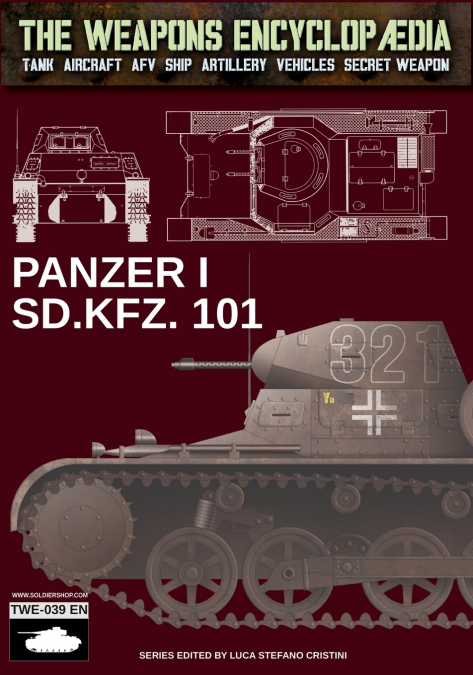
Luca Stefano Cristini
The Panzerkampfwagen I, often referred to as the Panzer I, was Germany’s first mass-produced tank, developed during the interwar period. Initially intended as a training vehicle, it quickly evolved into a key component in the revival of Germany’s armored forces and served as the backbone of the Wehrmacht’s early tank units in World War II. This volume examines the two primary variants-the Ausführung A and Ausführung B- which, while sharing many features, also exhibit notable differences stemming from battlefield experience and the shortcomings of the initial design. By 1940, the Panzer I experienced a resurgence through various adaptations, as Germany sought to repurpose an outdated frontline vehicle. Despite its insufficient firepower, which made it obsolete from the outset, the compact German tank proved adaptable, finding new roles in specialized operations.